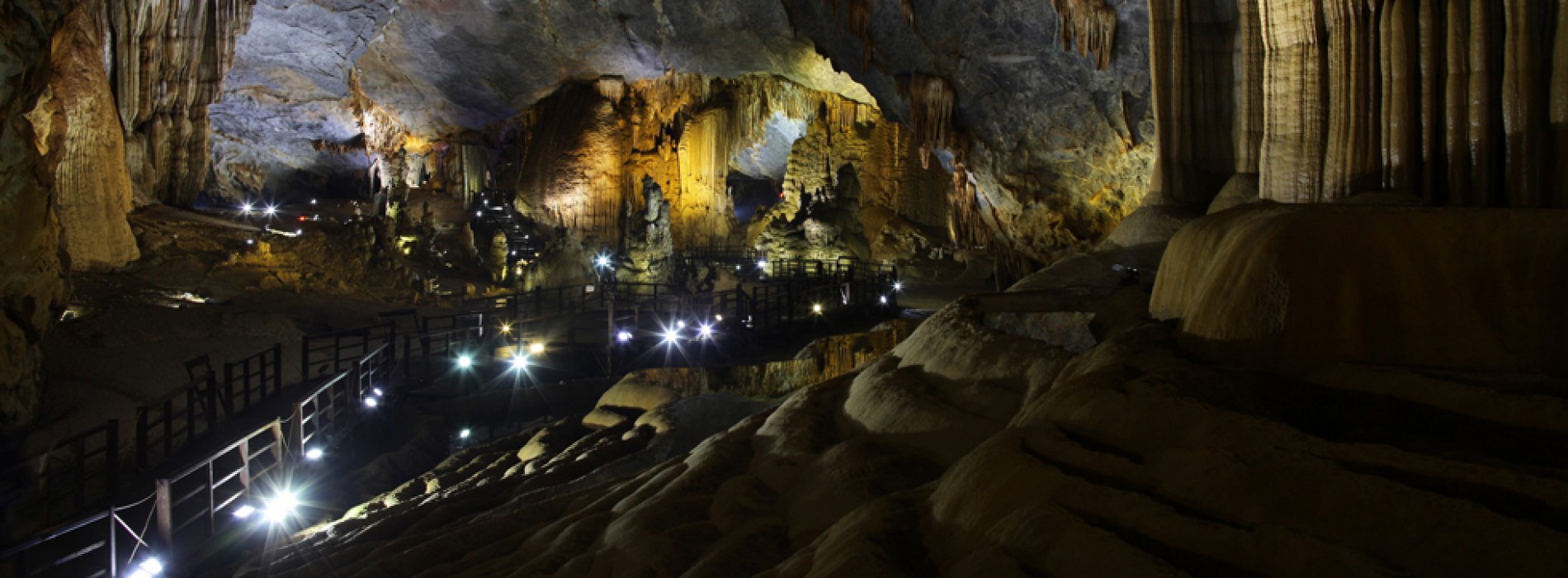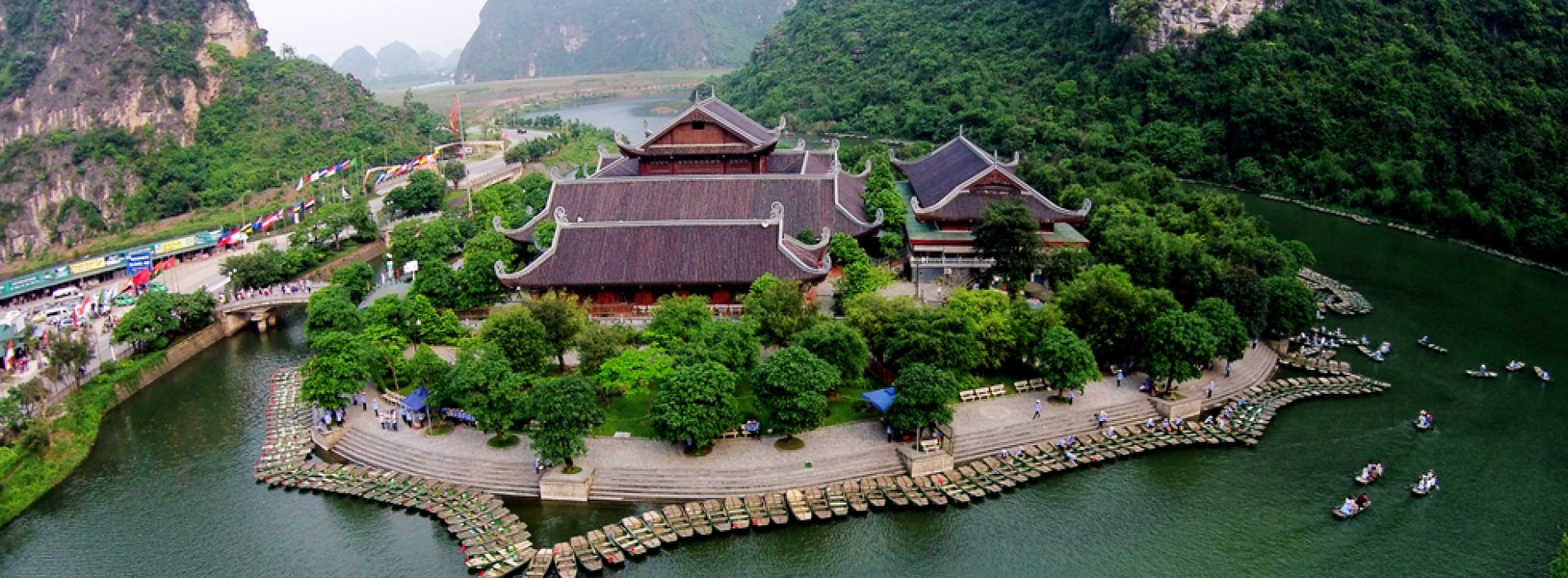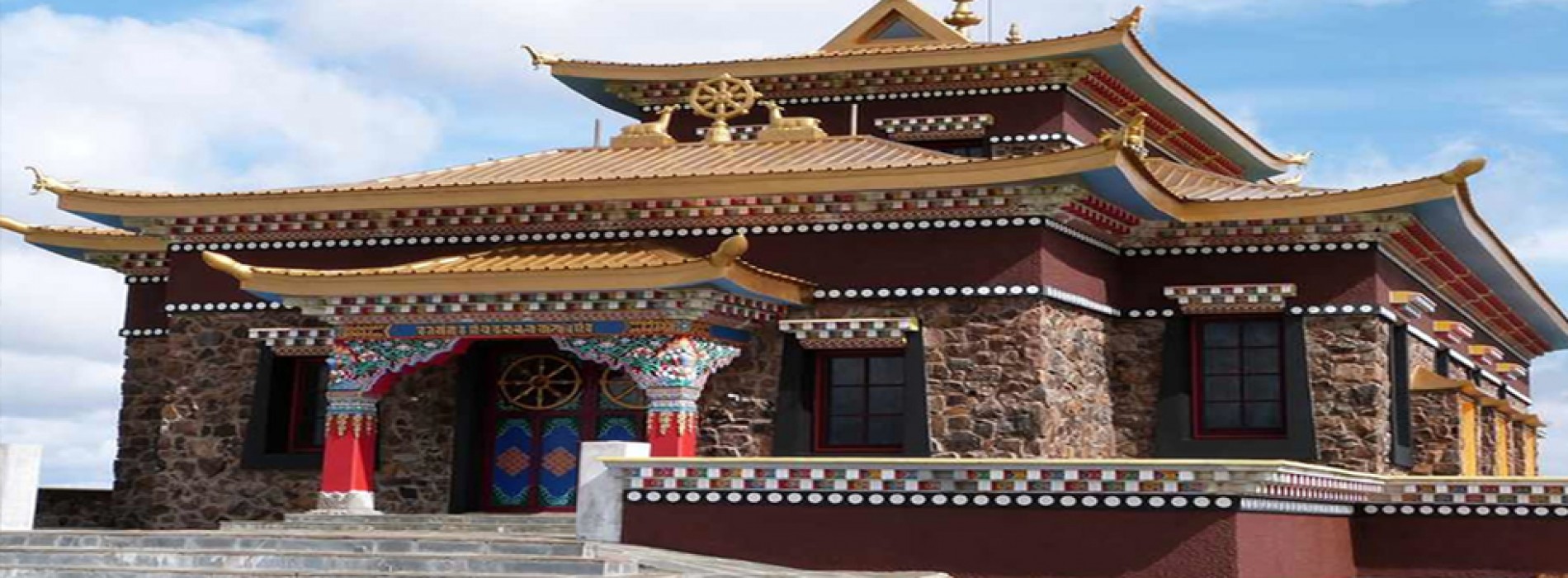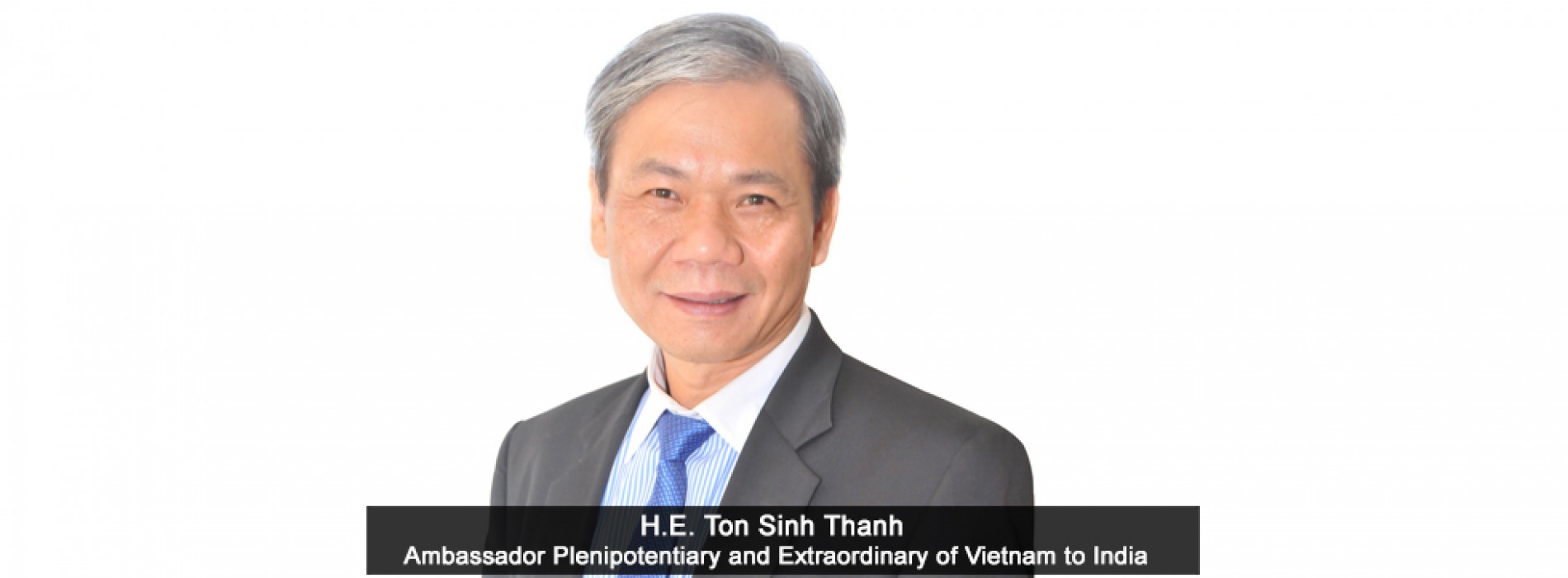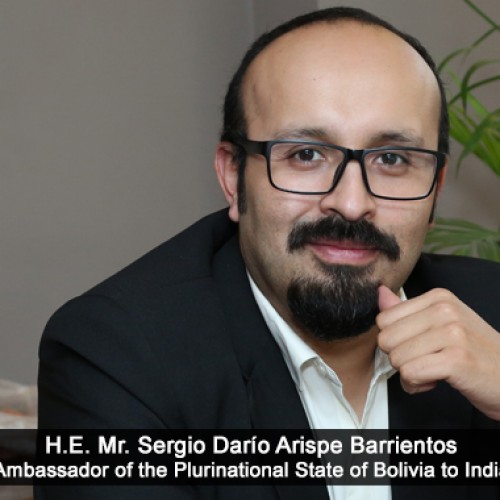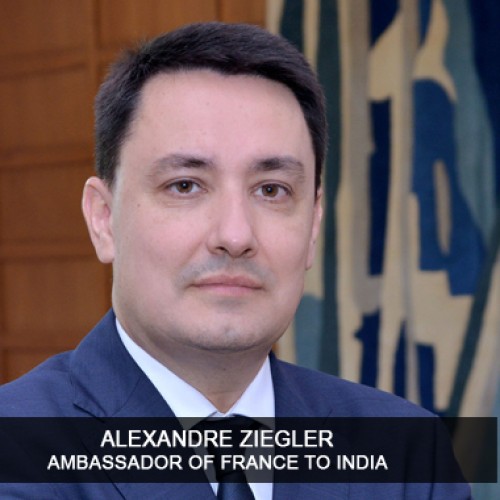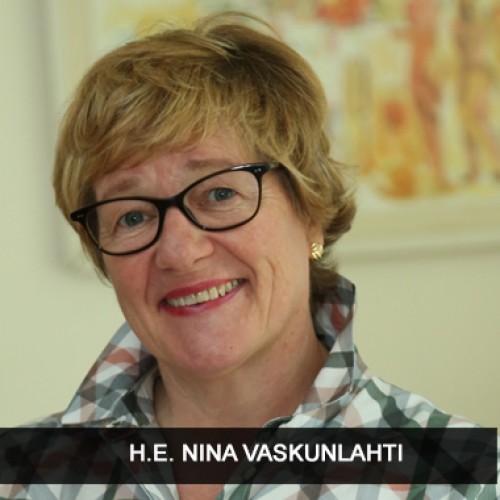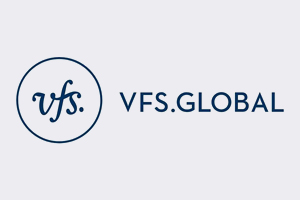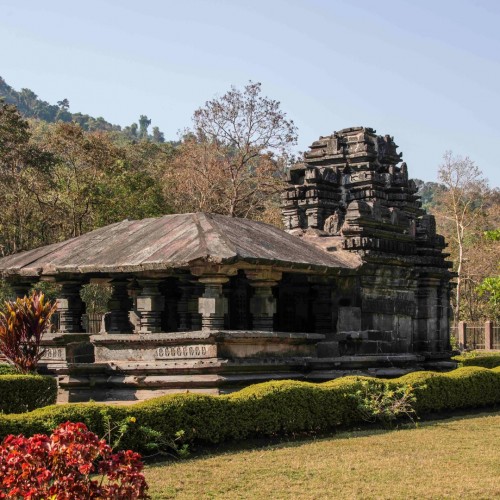Vietnam: a treasure trove of cultural diversity and natural beauty
One of the most alluring destinations in Southeast Asia, Vietnam boasts of its huge cultural heritage and natural landscapes. Home to seven UNESCO world heritage sites, Vietnam has a vast cultural treasure of over 4,000 years of history, and more than 44,000 landscapes and historical relic sites. In an exclusive interview with TnH magazine, H.E. Mr. Ton Sinh Thanh, Ambassador Plenipotentiary and Extraordinary of Vietnam to India, spoke about the tourism potential of his country, and the efforts to promote tourism.
Q. What does Vietnam have to offer as tourist destination?
With its diverse natural landscapes, unique culture, and friendliness of locals, Vietnam is increasingly becoming attractive to visitors from all over the world. Vietnam is one of Asia’s most attractive destinations, with having the second highest tourism growth rate in Southeast Asia. We have huge cultural treasure of over 4,000 years of history. The country has more than 44,000 landscapes and historical relic sites, including 62 special national, 3,174 national and 7,848 provincial relic sites together with seven UNESCO-recognized world heritage sites. There are 7,996 festivals in Vietnam. Visitors to Vietnam could not ignore the Hue royal court music, the space of the gong culture in the Central Highlands, Bac Ninh love duet singing, Ca tru (ceremonial singing), Giong Festival, the ritual of worshipping the Hung Kings, southern amateur music, and Vi-Dam folk songs of Nghe Tinh. Sea tourism, resort tourism, natural landscape tourism and MICE tourism are the most popular types of tourism in Vietnam. Q. How important is the tourism sector for the country’s economy?
In 2016, Tourism sector contributed 6.9 per cent into the country’s GDP, and recorded the highest growth rate in the region (26%). In 2017, Vietnam’s tourism is expected to attract 11.5 million international tourists and 66 million domestic visitors, earning more than 20.24 billion USD in revenue. In the first nine months of 2017, the number of international visitors to Vietnam was approximated 9.5 million, an increase of 28.4 per cent year-on-year. In the WEF’s ‘Global Competitiveness Report 2017′, Vietnam ranked 67th out of 136 countries and territories, 8 places up from 2015, topping in the ASEAN region and ranking fifth among the economies having the strongest rank improvement.
Q. What are the new initiative for the development of tourism?
Government of Vietnam has initiated the notion of ‘Innovative tourism’. While cultural tourism emphasizes ‘observing’, ‘contemplating’ and ‘meditating’, innovative tourism focuses on ‘experiencing’, ‘participating in’ and ‘learning’. Tourists not only see, visit and enjoy places, but also mingle with the locals. Both of them enjoy and co-produce tourism products there. This form of tourism stresses interaction between tourists and indigenous people.
Vietnam has many opportunities to develop innovative tourism, including attractive tourism resources with many famous sites such as the Dong Van Karst Plateau Geopark (Ha Giang province), the world natural heritage Ha Long Bay (Quang Ninh province) and the Trang An landscape complex and a number of world biosphere reserves like Cat Ba Island (Hai Phong city), U Minh national park (Ca Mau province), Con Co Island (Quang Tri province) and Phu Quoc Island (Kien Giang province).
To develop innovative tourism, Vietnam’s tourism industry has built new unique tourism products such as night tours of national parks, food and film studio tours as well as agriculture, military and meditation tourism, while applying technology in tourism development and offering incentives to innovative tourism enterprises to create unique products. The sector has regularly organized fairs and conferences or launched competitions for innovative tourism development nationwide.
Q. What factors guarantee Vietnam’s success on its “Innovative tourism” initiative?
Vietnam is actively implementing smart tourism projects in Hanoi and many other tourist cities across the country. The smart travel project allows visitors to find out information about Hanoi via tourist information portal, social networks, forums, and information about cultural events, traffic guidance, tour designing, online support via positioning system, tourist assistance services and payment by smart card services. With these measures implemented over the past time, Vietnam is increasingly being known as the highlight of Asia in smart and innovative tourism development.
Q. How important is India as a tourist market for Vietnam?
From 2010 to 2016, Indian visitors to Vietnam have been increasing dramatically from 33000 to 85000 at the Y-O-Y average growth rate of 17 per cent. Indian visitors to Vietnam in 2016 increased 30 per cent compared to 2015. However, as figure shows, 2 millions Indian visitors visited ASEAN countries in 2016, therefore 85000 Indian tourists visiting Vietnam is equal to only 3 per cent. In the Tourism Development Strategy by 2020, Vision 2030, the Government of Vietnam has recognised India to be a top priority market of Vietnam tourism.
Q. How do you plan to attract Indian tourists to your country?
We focus on facilitating the movement of Indian tourists. Vietnamese and Indian companies are joining efforts to open new direct air services from Ha Noi and Ho Chi Minh city of Vietnam to Indian cities of culture and tourism such as New Delhi, Mumbai, Bodh Gaya, as well as the North East Region. The first direct flight between Ho Chi Minh City and New Delhi is expected to be launched in March 2018, operated by Vietnamese carrier Vietjetair. We are also keen on doing researches and developing tourism packages and products, which take into account the interests of Indian tourists. In addition, with our focus on Indian tourism market, tourism promotion campaigns will be launched regularly by the Vietnam Tourism. We encourage Indian policymakers, media, journalists, film crews to come to Vietnam to do market research, exchange views and cooperate making joint tourism products.
Q. How is the visa process for Indians?
Vietnam and India signed Bilateral Consular Agreement in 1994, in which visa exemption is granted to Diplomatic and Service passport holders of two sides, with the maximum duration of 90 days for each visit. Still, visa is required for Indian ordinary passport holder while traveling to Vietnam. Exceptional Indian Ordinary passport holder is granted 30-day visa exemption for immigration /stay in Phu Quoc Island. Indian visitors may apply for visa at the Embassy of Vietnam, or submit their documents via travel agencies and authorized dropoff points such as the office of VFS Global.
Q. What would be your advice for Indians planning to visit Vietnam?
The similarity between India and Vietnam is that both countries share the diversity of culture. In Vietnam, where all beliefs and regions are respected, tourists must choose their clothes carefully when visiting temples, pagodas or mosque, as each place has its own requirement for clothes. For example, dress or short clothes should not be worn while visiting those places. Besides, visitors need to follow the rules and regulations of the places, do not try to capture pictures or touch the artifacts if it is prohibited.
You might also like
Bolivia: An Incredible Country Full of Authentic Charm
A South American country, Bolivia has been bestowed with pristine natural beauty. Located in western-central part of South America, Bolivia has immense tourism potential, mostly in the forms of historical
France: the most admired and an all time favourite tourist destination
France as a tourist destination never ceases to amaze. The country is the all time favourite for every kind of traveller. With its uniquely amazing diversity and opulence, France offers
Finland: a glorious country of varied landscapes and stunning natural beauty
serene and beautiful country dubbed as the last wilderness of Europe, Finland’s every region has its own distinct character, from the wilds of Lapland to the inspiring lakes to the

